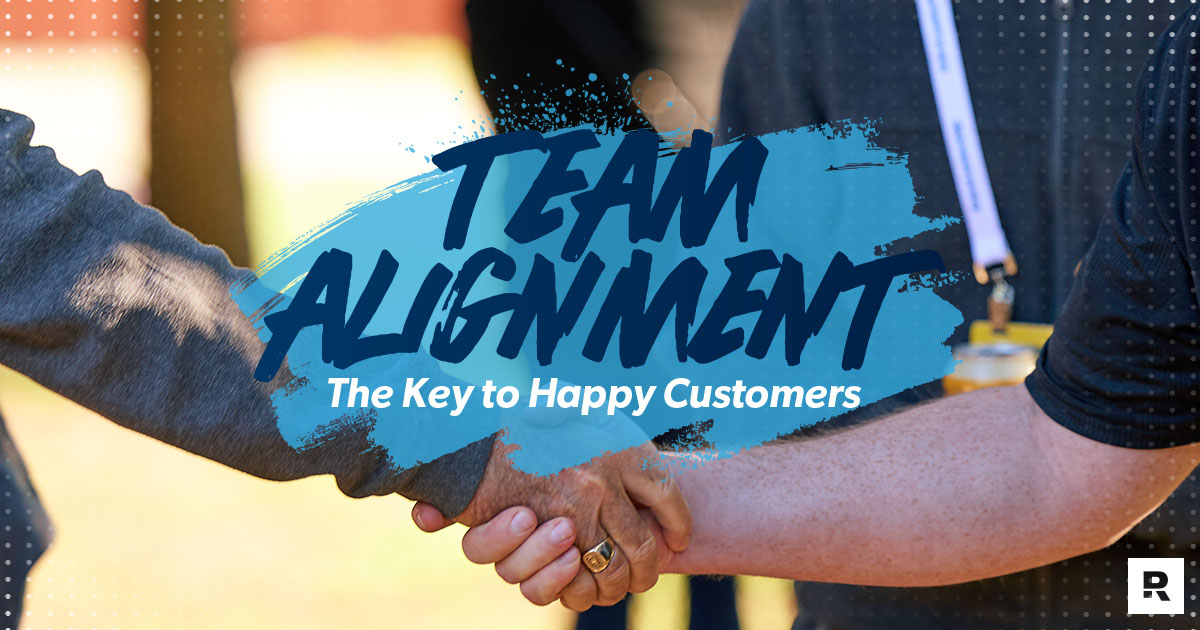
Key Takeaways
- Get crystal clear on your mission, vision and values. If you don’t have yours fleshed out yet, work on them with key leaders.
- Walk the talk. Practice servant leadership and be a living example of your company’s vision and values.
- Become the chief reminding officer. Talk about your mission, vision and values constantly.
- Attract like-minded team members. Use your mission, vision and values as recruiting tools for good culture fit.
- Assess your culture. Check in regularly, send internal surveys, and use weekly reports and meetings to ensure your company culture is getting stronger.
- Clarify roles. This keeps team members from duplicating work, overstepping boundaries, and focusing on the wrong areas.
- Resolve conflict quickly and clearly. Keep your cool as you state the issue, why it’s a problem, and what needs to change.
- Kill the gossip. Institute a zero-gossip policy with one rule: Negatives go up, and positives go all around.
- Mentor rising leaders. Offer classes, workshops and other learning opportunities for your team.
- Encourage a self-employed mentality. Develop team members who own their work and the company’s success.
When Horst Schulze joined the Ritz-Carlton Hotel Company as president and chief operating officer in 1983, he coined the saying that would become the company’s motto, “We are Ladies and Gentlemen serving Ladies and Gentlemen.” Why? Because Horst believed that a company culture where team members felt valued, united and empowered to serve customers would benefit everyone. He was right.
You probably thought running a business sounded fun—until you realized it would actually run you. Discover the EntreLeadership System—the small-business road map that takes the guesswork out of growth.
Today Ritz-Carlton boasts more than 100 luxury hotels and resorts worldwide and has earned numerous awards for service excellence and as a best place to work.
That’s an awesome success story, sure. But you might wonder what the takeaways are for you as you work hard to build your own team synergy and meet customer needs.
Here are three big ones:
- When your team works together to make a difference in the lives of others, they feel more satisfied and give their best.
- Satisfied, productive (and happy) team members lead to happy customers.
- Happy customers drive more revenue and growth.
Team alignment is the quiet force behind a successful business. And creating alignment is one of your most important responsibilities. So, let’s unpack what team alignment is, what the benefits are, and how to get your team in sync to care for your customers.
What Is Team Alignment?
Team alignment means everyone on your team understands and supports your company’s goals, mission, vision and values. Aligned team members are clear on their role and also on how they and the rest of their team work together to get more done. Their commitment to move in the same direction creates even more trust, unity and effective teamwork.
Imagine a group of friends organizing a surprise birthday party. Their mission is to make the birthday person feel special, and each person plays an important role:
- Friend 1 sends out invitations and creates the music playlist.
- Friend 2 decorates party central.
- Friend 3 bakes the cake and prepares snacks.
- Friend 4 buys the gift.
As they work together and see that everyone’s all-in, they get more pumped up about making sure the birthday person has an unforgettable day. That’s the ultimate in team alignment. And when you translate that level of enthusiastic unity to your business projects, it makes for very happy customers.
What Is Team Misalignment?
But every party has a pooper (or at least the risk of one). And the party pooper to team synergy is team misalignment. This is when team members don’t work toward common goals. Misalignment happens when team members don’t share the same vision and values and the left hand doesn’t know what the right is doing. Conflicting priorities, unclear roles and poor communication end in misunderstanding, confusion and a cycle of low morale and bad customer care.
Benefits of Team Alignment
Nobody wants misalignment. But here’s our challenge for you: Don’t just work to dodge potential nightmares. Run full speed ahead toward the benefits of a unified front. When your team is aligned:
- Communication is open and clear.
- Collaboration and problem-solving are more effective.
- Trust within the team increases.
- Team members are more motivated and satisfied.
- Ownership of responsibilities rises.
- Productivity and efficiency improve.
- Customer service is consistently amazing, which makes for consistently happy customers.
- Your team cares as much as you do, so you achieve strategic goals together.
Author Simon Sinek wrote, “People don’t buy WHAT you do. They buy WHY you do it.” Team alignment, aka buy-in, ensures that the why and how of your company’s purpose resonates throughout your team and spills into every customer interaction. It becomes a guiding force that shapes connections and drives success.
Stop winging it and start winning.
The EntreLeadership System is the small-business road map that takes the guesswork out of growing your business. To get the most out of the system, download the easy-to-follow Getting Started Guide.
How to Improve Team Alignment
Give me some of that, right? We hear you. At nearly every EntreLeadership conference or workshop, our clients tell us they wish they had a team like ours. They see team members who’ve bought into our vision to help small-business owners thrive and who super-serve others. And they want some of that.
Guess what? It’s yours for the taking. Not our team—heck no—but the principles that will align your team. Here are our top 10:
- Get crystal clear on your mission, vision and values. Your company mission is what you do and why you do it, your vision is the future you see as your mission is lived out, and your values are what you stand for. If you don’t have yours fleshed out yet, work on them with key leaders. Then share them with a few trusted team members for feedback before you put them in stone.
- Walk the talk. Your team will follow your lead. Practice servant leadership and be a living example of your company vision and values. What you say and do must align with your vision before your team will align.
- Become the Chief Reminding Officer. Talk about your mission, vision and values constantly. Why? Because people forget. Remind them by plastering your mission, vision and values on your walls, talking about them at staff meetings, and celebrating team members who embody them. You can even get creative and put them on company merch like stickers and T-shirts.
Pro tip: Share a company value or your vision in team meetings every week. You’ll be amazed at how your reminders empower your team and create team synergy. Don’t worry if casting vision doesn’t come naturally at first. It takes practice, but it’s an important part of keeping everyone focused and challenging them to think bigger. - Attract like-minded team members. Use your mission, vision and values as recruiting tools to attract job candidates who are a good culture fit. Your team doesn’t want to work with half-hearted people anyway, so don’t let misalignment through the door.
- Assess your culture. Are you and your team members really walking the talk? Check in regularly, send internal surveys, and use weekly reports and one-on-one meetings to ensure your company culture is getting stronger. When team members feel they’re part of something bigger, they become passionate crusaders for your cause.
- Clarify roles. A team with role clarity understands their goals and how their work impacts larger business objectives. This keeps them from duplicating work, overstepping boundaries, and focusing on the wrong areas.
- Resolve conflict quickly and clearly. Conflict in the workplace is like a splinter that you need to pull out right away—even if it hurts. Address the conflict immediately and respectfully. Keep your cool as you state the issue, why it’s a problem and what needs to change. Avoid toxic communication traps.
- Kill the gossip. Gossip has the power to destroy team unity. Institute a zero-gossip policy with one rule: Negatives go up, positives go all around. This will encourage team members to share frustrations with leaders who can actually help fix their issues.
- Mentor rising leaders. Keep your team engaged and on the same page by helping them learn and grow. As money expert Dave Ramsey says, “People with stimulated minds make better, more creative and more passionate team members.” Offer classes, workshops and other learning opportunities for your team as much as you can.
- Encourage a self-employed mentality. What does that mean? Develop and recognize team members who own their work and the company’s success, even when no one is watching. Empower team members to make decisions that serve their coworkers, your customers and your organization.
The difference between a mediocre company and one with team members who care as much as you do is team alignment. Align your team, cultivate happy customers, and watch your business thrive.
What’s Next: Get Your Team in Sync
Most business leaders frustrated by team chaos and unhappy customers don’t have a bad team. They have a bad business system—or no system at all—to get everyone on the same page, moving toward the right goals. The EntreLeadership System is the blueprint for building a unified team.

